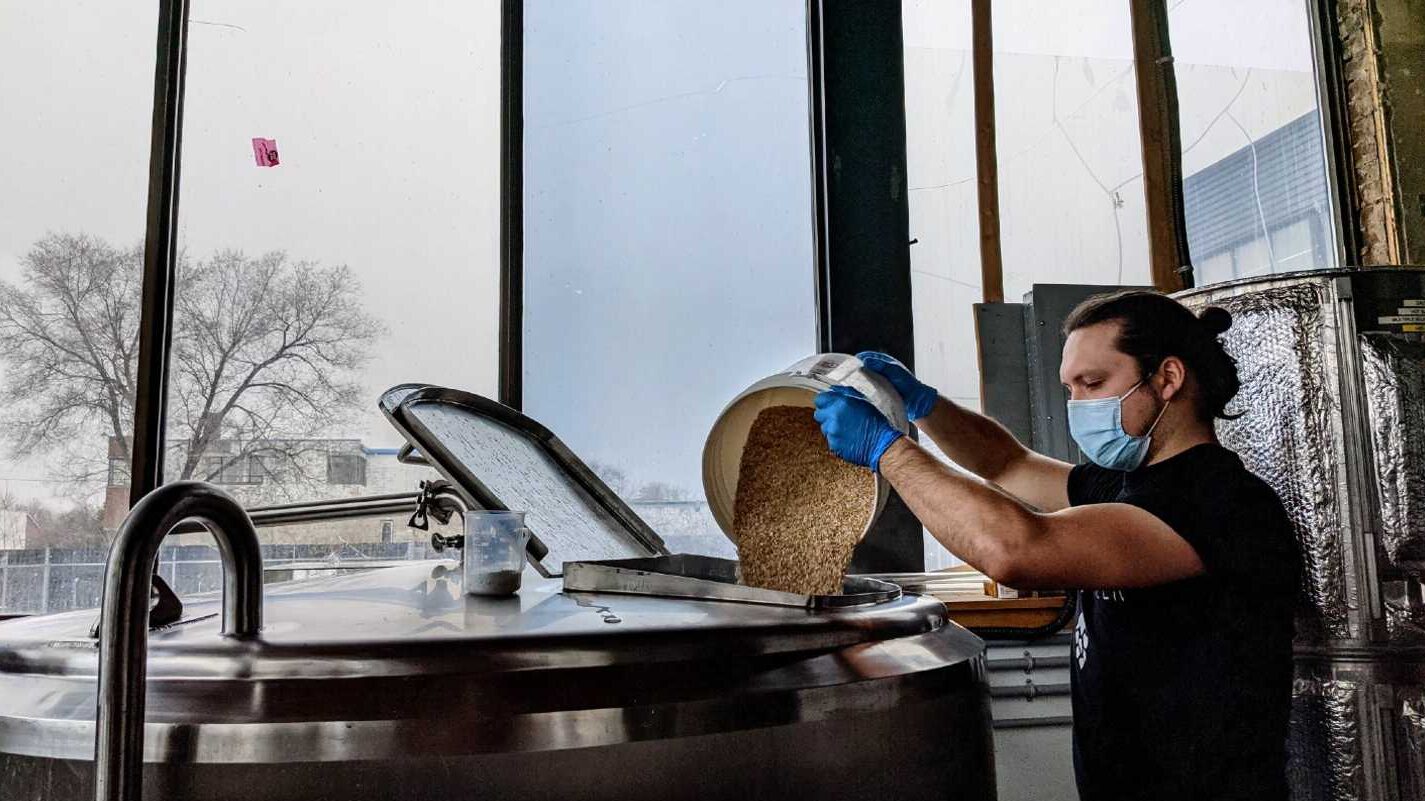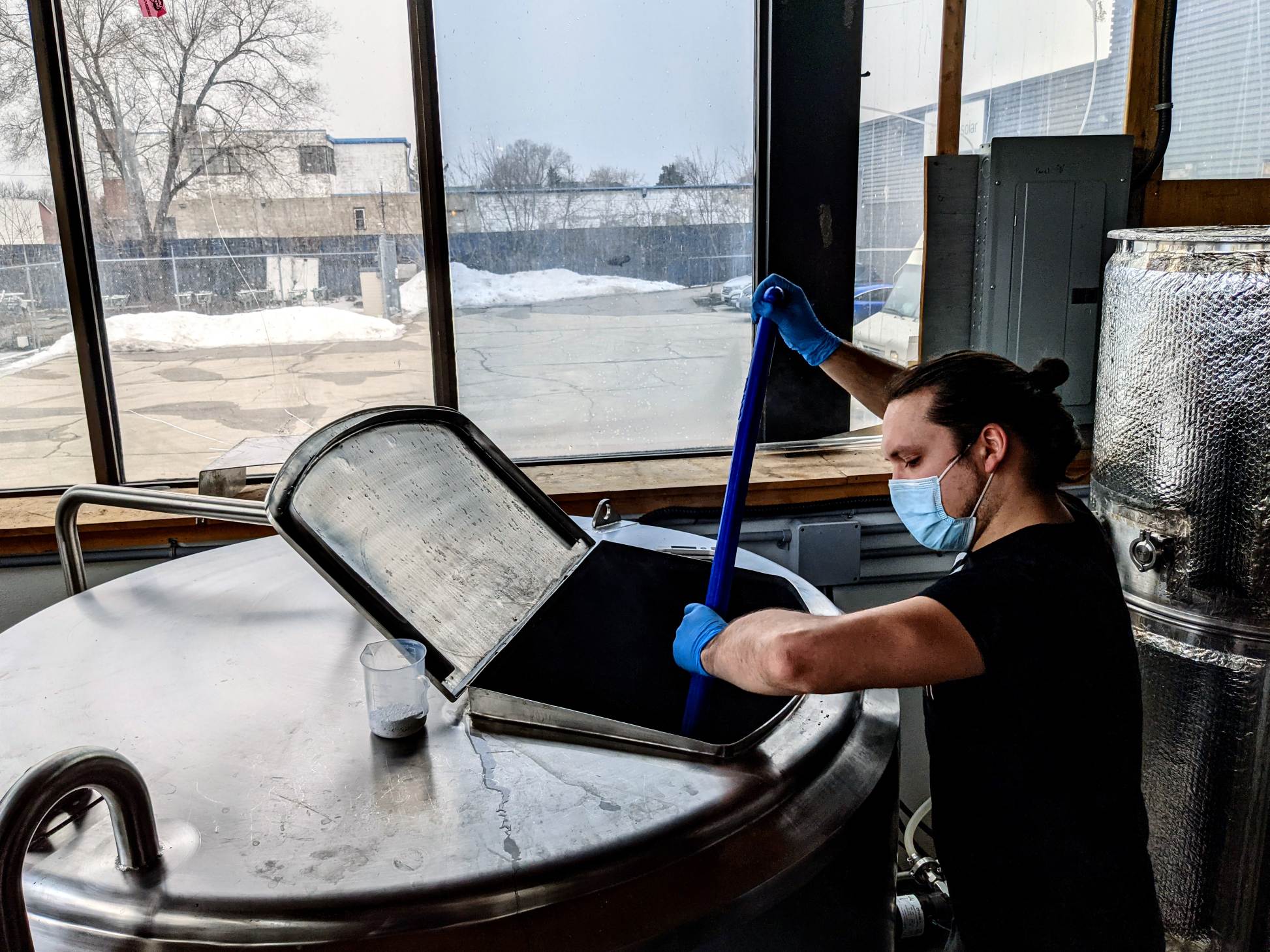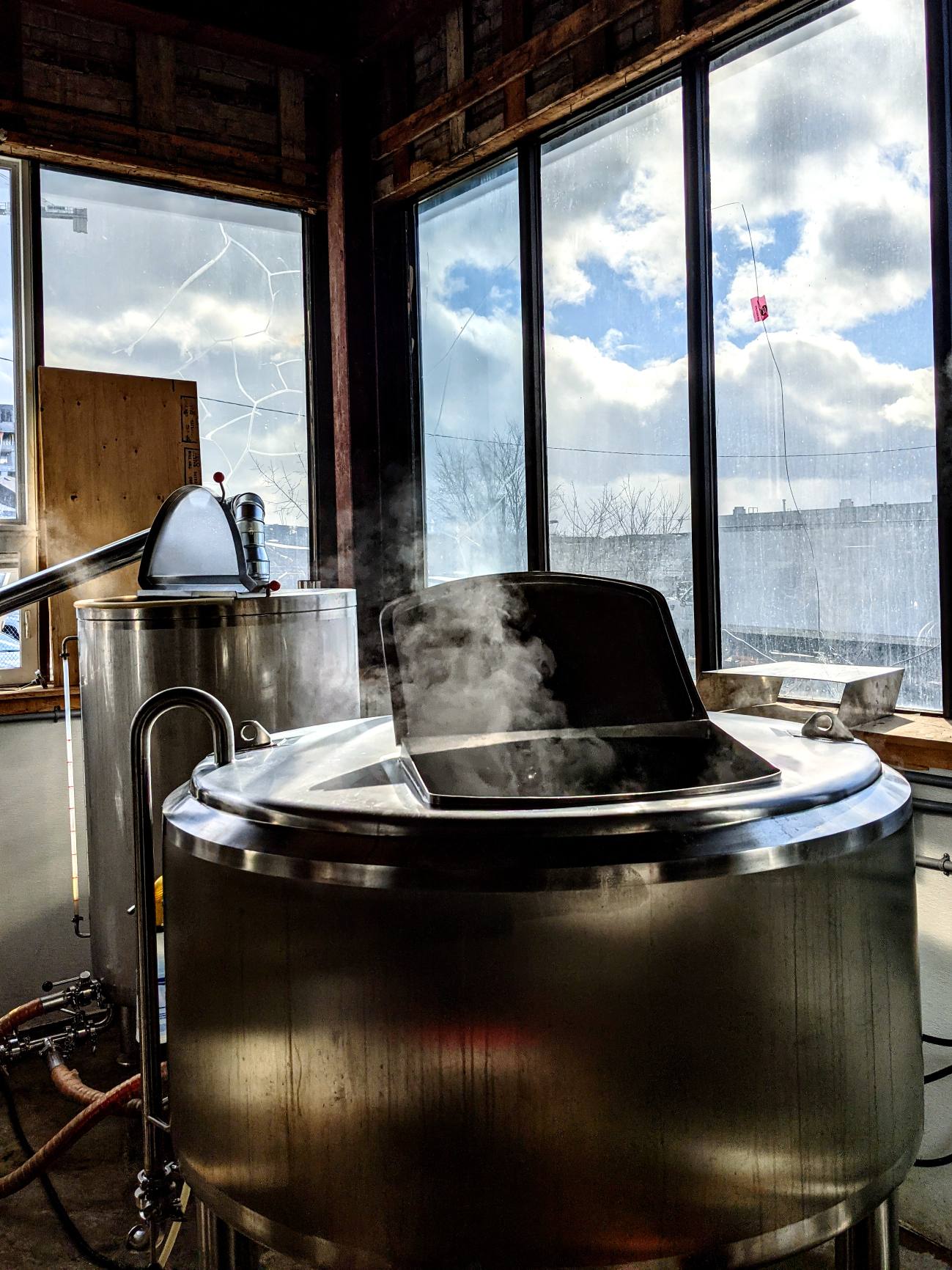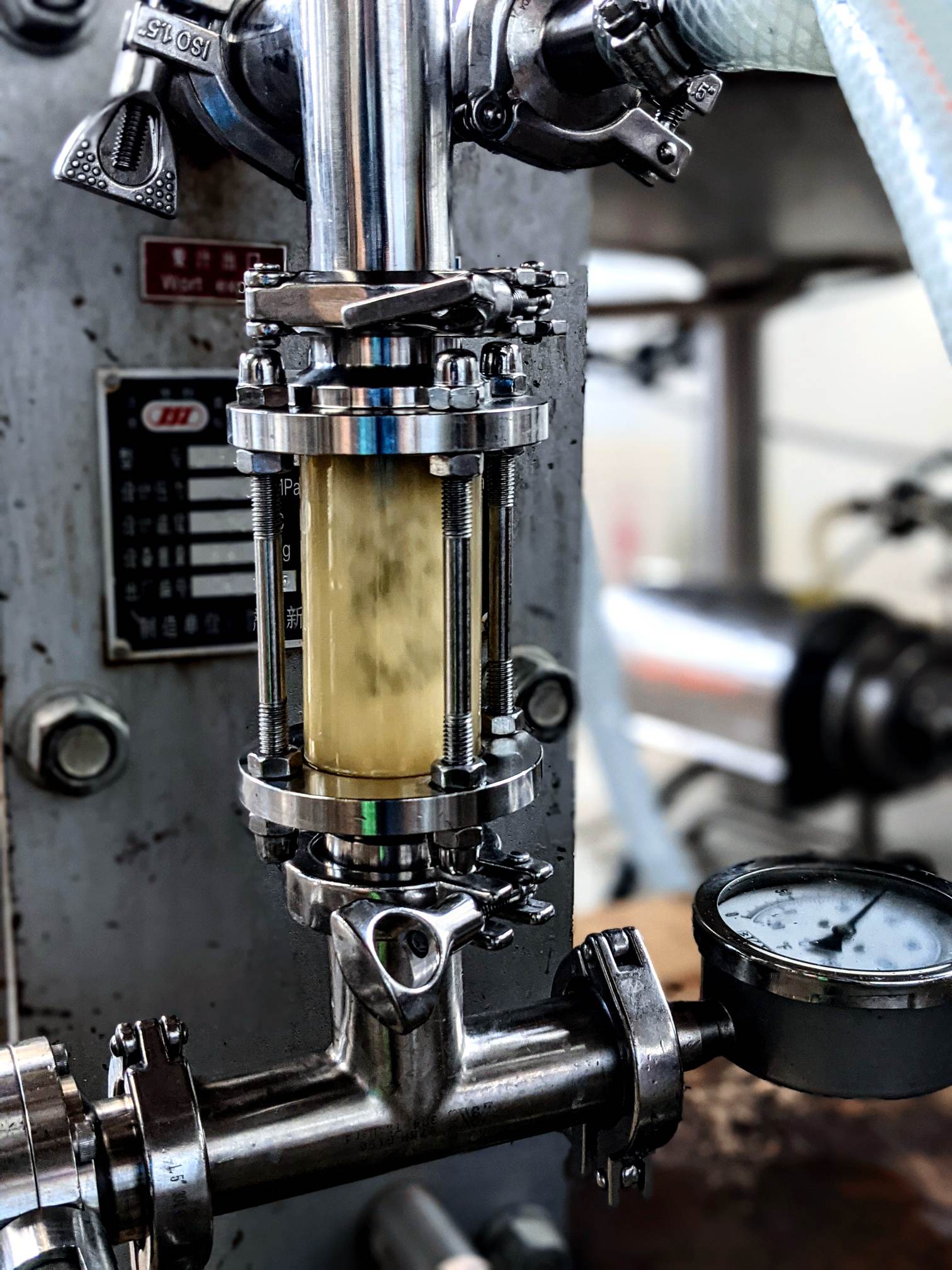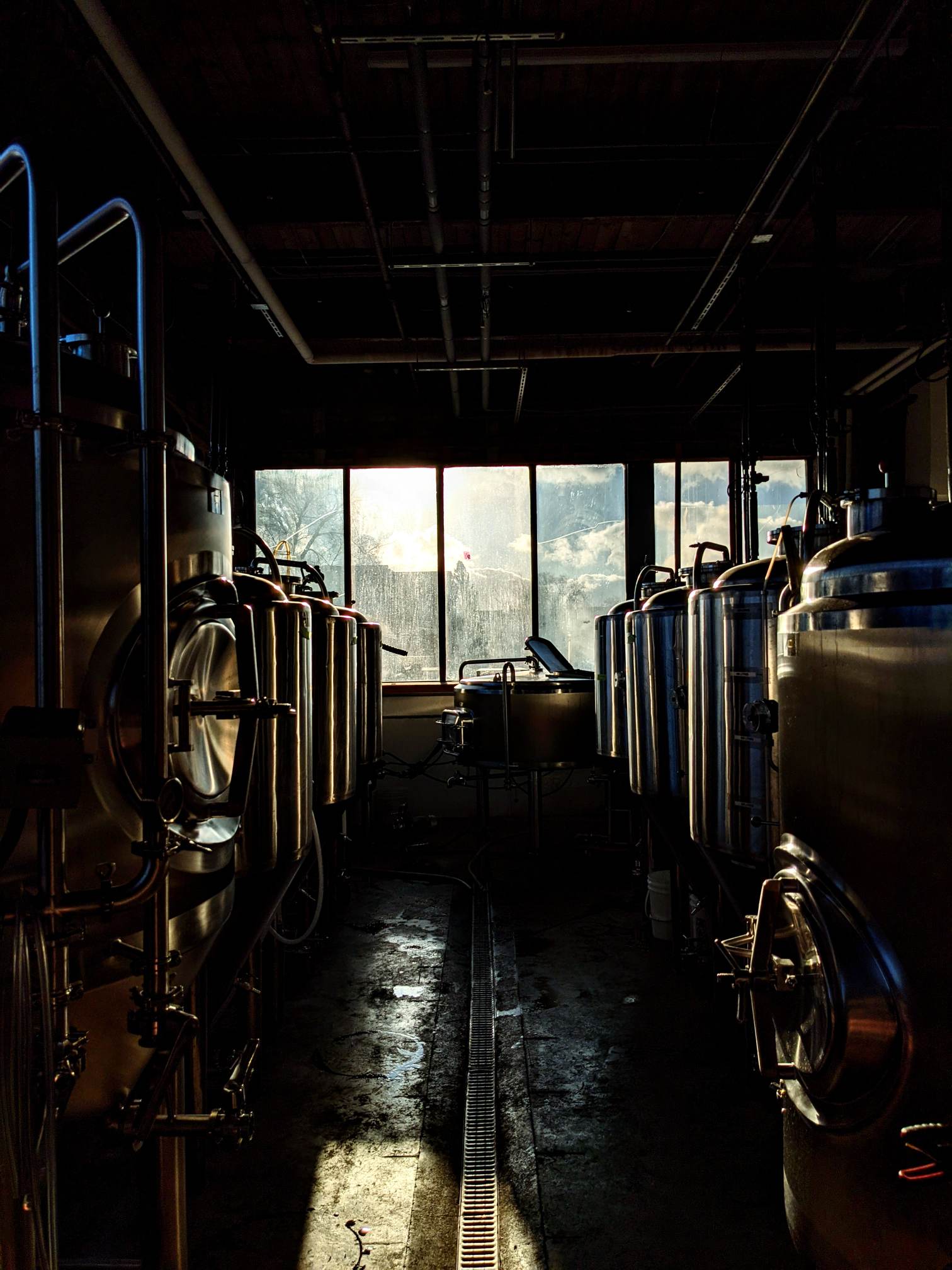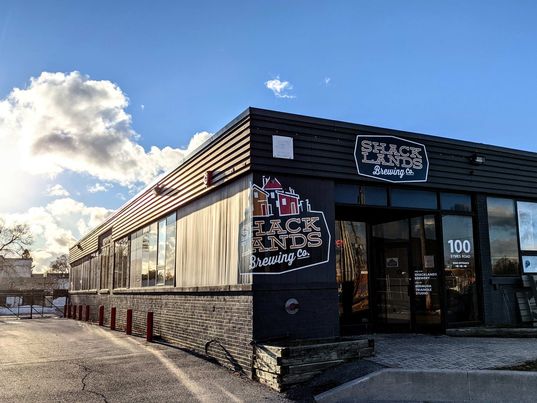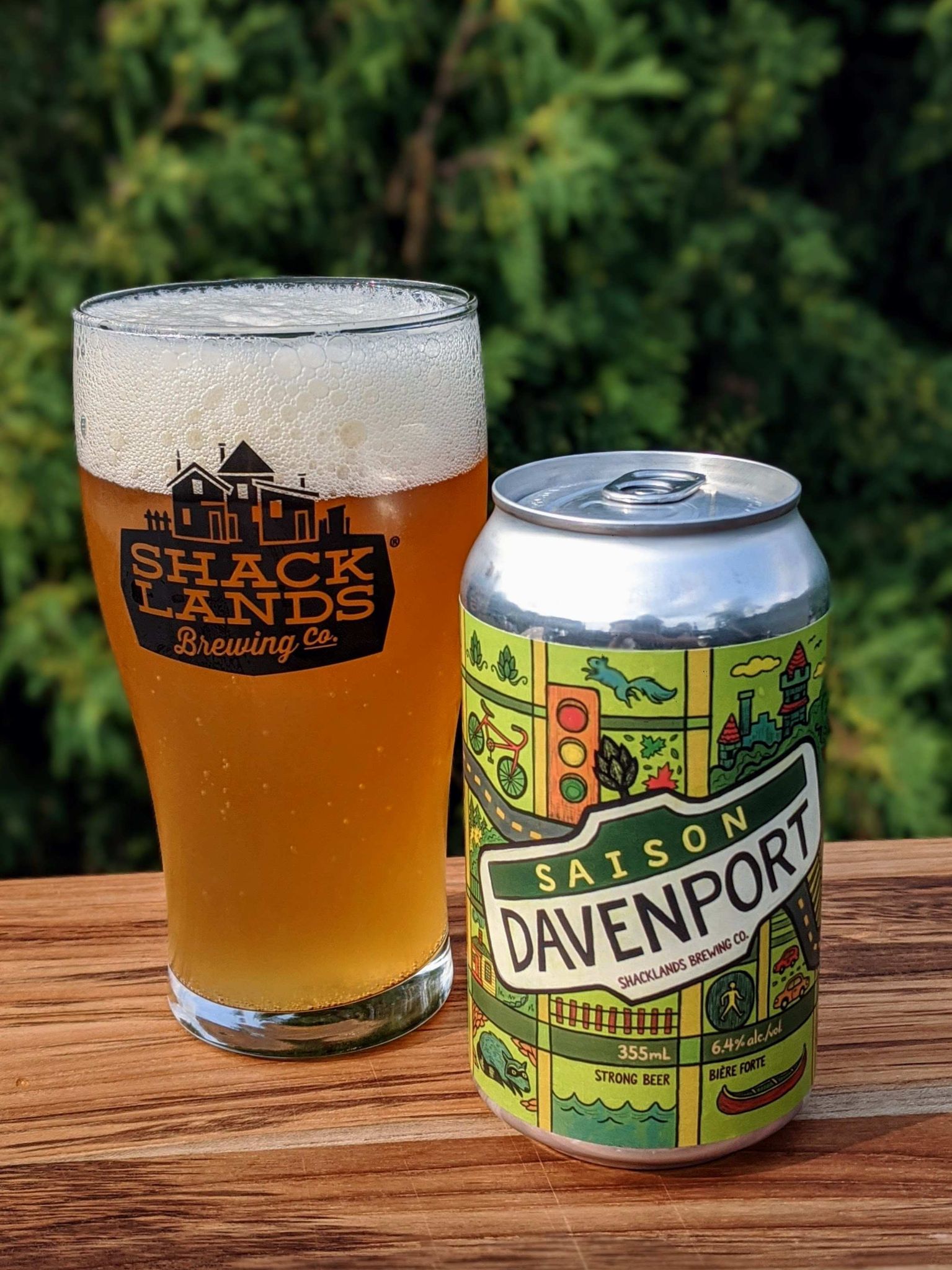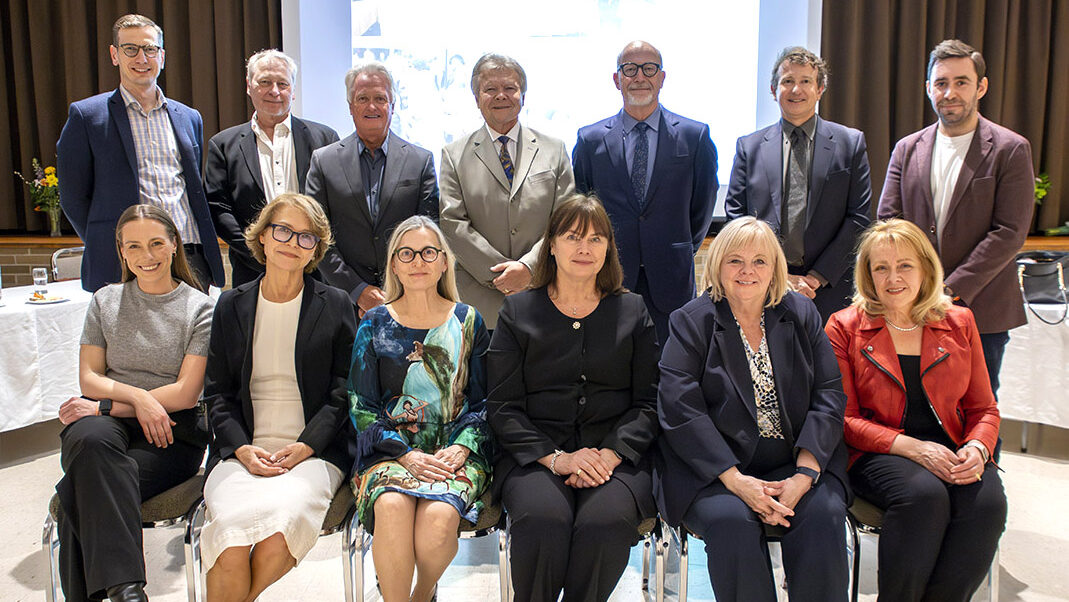It just so happens that their Head Brewer, Kalev Nisbet, is Estonian-Canadian. He seemed like the perfect person to learn about what exactly goes into the making of a beer — and furthermore, what goes into the making of a brewer.
How long have you been brewing with Shacklands? Were you at other breweries before?
I actually started with Shacklands by volunteering in 2017, during a [faculty strike] while at Niagara College. I was enrolled in the Brewmaster and Brewery Operations Management program, and was also working for the college brewery and lab during my time there. Before that, I was an assistant brewer at the Mill Street Brew Pub in the Distillery District, and a home brewer prior to that.
What transformed beer from being an enjoyable beverage into a craft that you wanted to pursue each day?
Going back to the beginning, sometime in my early 20s, I became captivated by the diversity of styles and flavours that the still relatively new craft beer scene had to offer.
Next thing I knew, I was home brewing and reading about the history of beer and regional styles. A couple visits to Belgium sealed the deal. I ended up changing course from my career in architecture, finding the combination of science, technology, and creative artistry required in brewing to be both compelling and fulfilling.
What is the start of a work day like for you?
Being a small brewery, tasks and schedules vary quite a bit. With only a handful of people behind the operation, we all wear many hats. If I’m brewing, I’ll be in before 7:00 to heat up the water and get things prepared for the day. Things change if I’m heading in to package a beer, clean tanks, take out local beer deliveries, or if I’m just going in to check on things.
Is it a very lively and social environment, or is it more individual and meditative?
Before everything was locked down, the tap room at the front of the brewery would often be bustling with chatter and whatever funky music was playing. Dave, our owner and tireless beer slinger, keeps an eclectic mix of records, 8-tracks, and other retro forms of media. Lately, when I’m in the back, it’s unusually calm and quiet.
In a step-by-step way, how is a beer like the new Saison Davenport made?
When brewing a batch of our Saison Davenport, we use a blend of simple North American malted grains and steep, or mash, them in hot water to extract and develop fermentable sugars, as well as colour and some flavour. The sweet malt water, which we call “wort”, is drained and separated from the solid grain and moved over to the kettle, where we bring it up to a boil.
During this boil, we add a variety of hops from Alsace, which introduce bitterness, flavour, and aroma. Then we cool down the wort and transfer it to a fermenter, where we introduce our house blend of saison yeast. The yeast ferments at warm temperatures, producing alcohol and a variety of esters that contribute complex flavours and aromas.
When the beer is finished fermenting, we package it by hand into kegs and cans and get it ready to sell at the brewery and the LCBO. I should also note: the labels we put on Saison Davenport, as well as all our other beers, are designed by my lovely and talented wife Ashley Lennox!
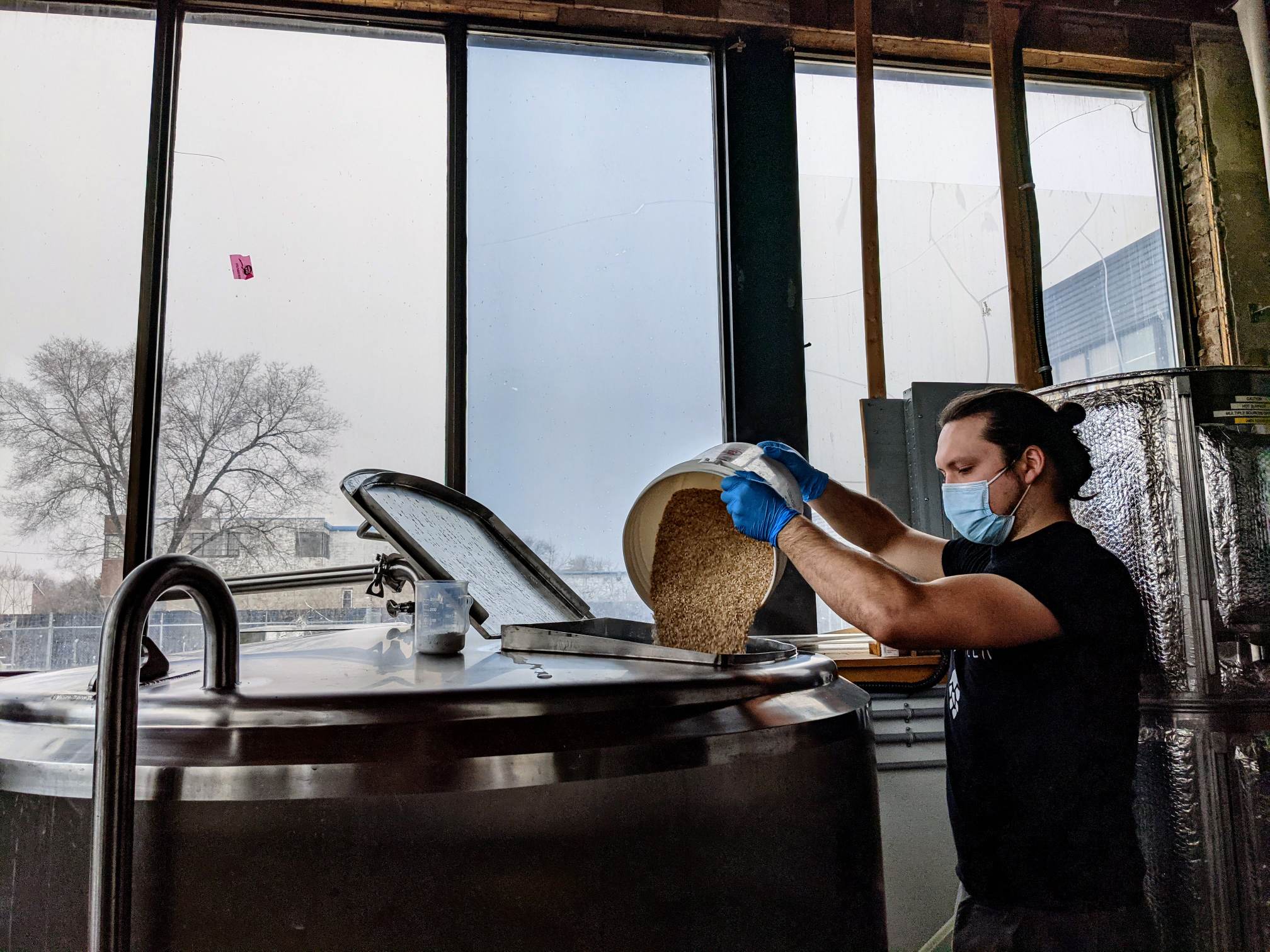
Photo gallery
What are some unique ways of delivering these steps at Shacklands?
Most breweries will artificially introduce CO2 to carbonate their beers. We actually introduce a little sugar to the beer right before packaging and let it go through a secondary fermentation, where the yeast naturally carbonates the beer! It’s an extra step that adds some time to the process, but it produces a fine quality of fizz that works well with our beers. We also use yeast that results in most of our beers being less sweet.
LCBO's description of Saison Davenport mentions “red berry, clove, black pepper, and tea.” How are ingredients included to bring out these flavours?
Actually, we don’t physically use any of these ingredients. All the complex flavours found in Saison Davenport, as well as many of our other beers, are derived from the skillful use of nothing but malted grains, yeast, and hops. Many Belgian-style ales, including Saisons, are what one would consider “yeast forward”, as they showcase many interesting spice and fruit esters that are produced by some particular strains of yeast during fermentation.
Do you believe there is a link between your Estonian heritage and the work you do?
While I wouldn’t say that my Estonian heritage drove me to become a brewer, it has helped me to further explore it. Different forms of taluõlu [“farm beer”] have existed in Eesti for eons, and the craft beer scene there is currently exploding! During visits there, I've learned lots about the history of beer and its connection to Estonian culture. From late night drinks with the brewer at Pühaste in Tartu, dropping in on the one-man operation at Pihtla Pruulikoda on Saaremaa, to touring the amazing new Põhjala facility in Tallinn, I’ve come across as many interesting stories as I have beers.
I’ve found inspiration from both historical practices to new craft brewers finding unique ways to incorporate Estonian ingredients and identity. It helps pave the way for how I think about beer and what I brew, and how I might infuse a little bit of who I am into what I make.
(Shacklands Brewing Co. has an online shop and does free deliveries for Toronto orders over $50.)
(This interview has been edited and condensed.)
This article was written by Vincent Teetsov as part of the Local Journalism Initiative.
